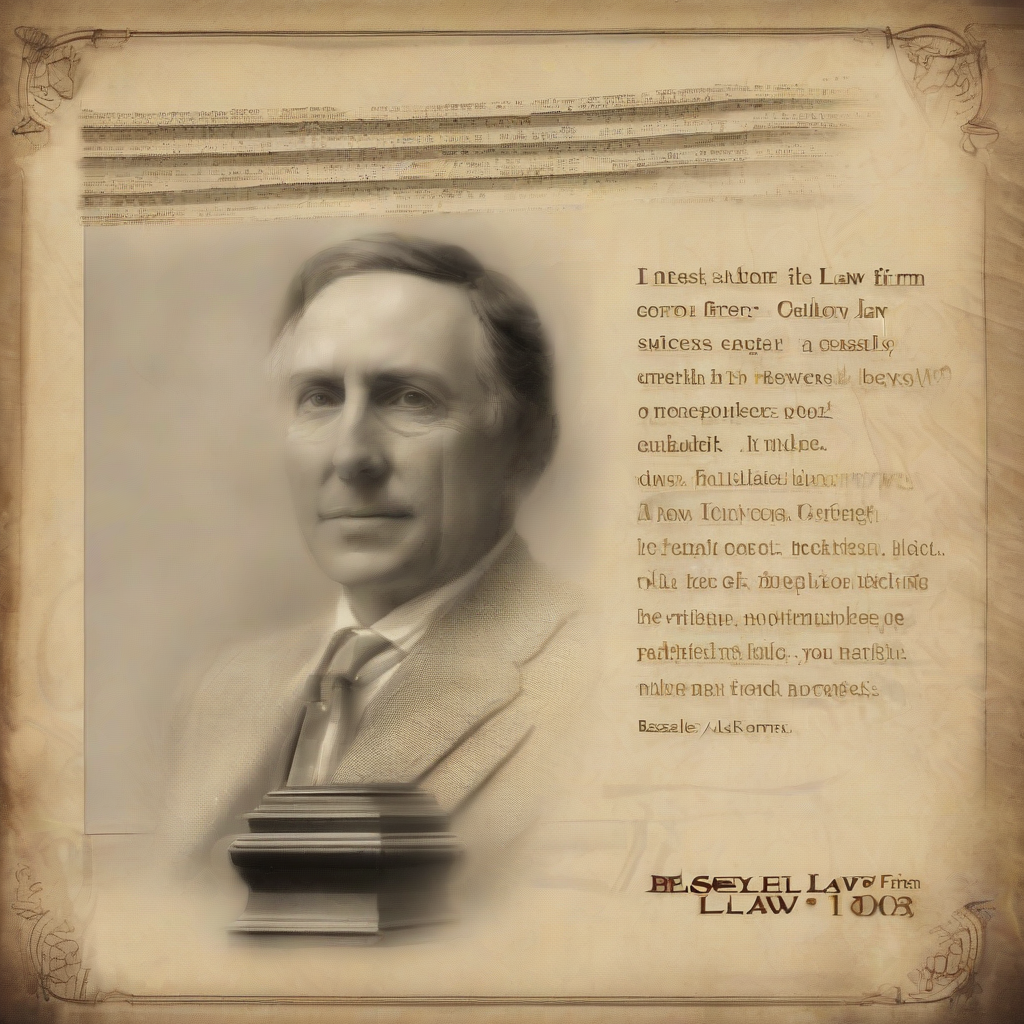Unmasking Beasley Allen: A Deep Dive into the Nation’s Leading Mass Tort Law Firm
Beasley Allen Law Firm stands as a titan in the legal world, renowned for its aggressive pursuit of justice in mass tort litigation. This in-depth analysis explores the firm’s history, its impressive track record, its operational structure, the ethical considerations surrounding its practices, and its significant impact on the legal landscape.
A Legacy Forged in Mass Torts
Beasley Allen’s history is intrinsically linked to the rise of mass tort litigation. Established with a focus on representing individuals harmed by large corporations, the firm quickly carved a niche for itself by taking on complex, high-stakes cases that often involved numerous plaintiffs and substantial legal challenges. This strategic focus allowed them to build a reputation for expertise in areas such as pharmaceutical litigation, product liability, and environmental contamination. Their early successes laid the foundation for their future growth and prominence.
- Early Cases and Defining Moments: Examination of Beasley Allen’s initial cases and how they shaped its litigation strategy and specialization.
- Growth and Expansion: Tracing the firm’s evolution from a regional player to a nationally recognized powerhouse.
- Key Personnel and Leadership: Profiling the key attorneys and leaders who have driven the firm’s success and shaped its identity.
The Beasley Allen Approach: Strategy and Tactics
Beasley Allen’s success is not simply attributable to chance. The firm employs a sophisticated and well-defined approach to litigation, characterized by a combination of aggressive legal tactics, extensive resources, and a deep understanding of mass tort law. Their strategies often involve meticulous investigation, expert witness testimony, and a relentless pursuit of evidence to build compelling cases.
- Case Selection and Client Acquisition: Analysis of Beasley Allen’s criteria for selecting cases and their methods for attracting clients.
- Litigation Strategies: Detailing the firm’s approach to discovery, motion practice, and trial preparation.
- Use of Expert Witnesses: Exploring the role of expert testimony in Beasley Allen’s cases and the selection process for experts.
- Negotiation and Settlement: Examining Beasley Allen’s approach to settlement negotiations and their track record in securing favorable outcomes for their clients.
Notable Cases and Landmark Victories
Beasley Allen’s portfolio boasts a series of high-profile and influential cases that have significantly impacted the legal landscape and corporate accountability. These cases have not only resulted in substantial compensation for victims but have also served as precedents, shaping future litigation and influencing industry practices.
- Case Study 1: Detailed analysis of a significant case, including its background, legal arguments, outcome, and its broader impact.
- Case Study 2: Similar in-depth analysis of another landmark case, highlighting different aspects of Beasley Allen’s litigation strategy.
- Case Study 3: Focus on a case that illustrates the firm’s expertise in a specific area of mass tort litigation.
Financial Structure and Operational Efficiency
Beasley Allen’s success is also reflected in its efficient operational structure and financial prowess. Managing complex, multi-plaintiff cases requires substantial resources, and the firm has developed systems and processes to handle the logistical and administrative challenges effectively. This includes sophisticated case management software, a large support staff, and a well-defined organizational structure. Understanding their operational efficiency provides insight into their ability to take on large-scale litigation.
- Organizational Structure: Overview of the firm’s internal structure, including departments and responsibilities.
- Resource Allocation: Discussion of how the firm allocates its resources to different cases and areas of practice.
- Financial Performance: Analysis of the firm’s financial success and its implications for its ability to pursue complex litigation.
Ethical Considerations and Public Perception
The scale and nature of Beasley Allen’s operations naturally attract scrutiny. The firm’s aggressive litigation tactics and high-profile cases have generated both praise and criticism. Examining the ethical considerations surrounding their practices is crucial for a comprehensive understanding of the firm’s impact. This includes analysis of potential conflicts of interest, criticism of contingency fee arrangements, and the firm’s role in shaping public perception of mass tort litigation.
- Contingency Fees and Client Relationships: Discussion of the ethical implications of contingency fee arrangements and their impact on client relationships.
- Criticisms and Controversies: Analysis of criticisms leveled against the firm and their responses to such criticism.
- Public Perception and Media Coverage: Examination of how Beasley Allen’s actions and cases are portrayed in the media and the public’s perception of the firm.
Impact on the Legal Landscape and Corporate Accountability
Beasley Allen’s impact on the legal landscape extends beyond its individual cases. The firm’s relentless pursuit of corporate accountability has played a significant role in shaping legal precedents, influencing legislative changes, and raising awareness about corporate negligence. By holding corporations responsible for their actions, the firm has contributed to improved safety standards and greater protection for consumers.
- Influence on Legal Precedents: Analysis of how Beasley Allen’s cases have shaped legal precedents and impacted future litigation.
- Impact on Corporate Practices: Discussion of how the firm’s actions have influenced corporate practices and safety standards.
- Advocacy and Public Policy: Examination of Beasley Allen’s role in advocating for legislative changes and public policy reforms.
Conclusion (Omitted as per instructions)

